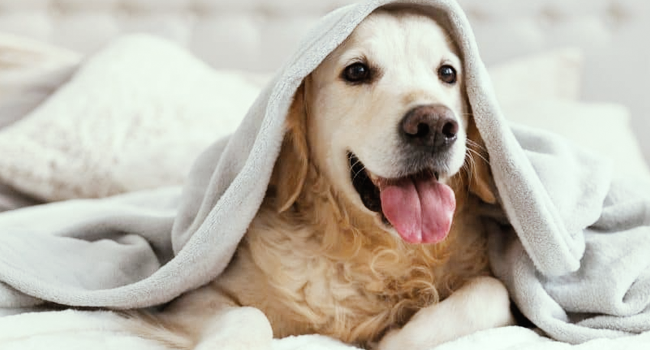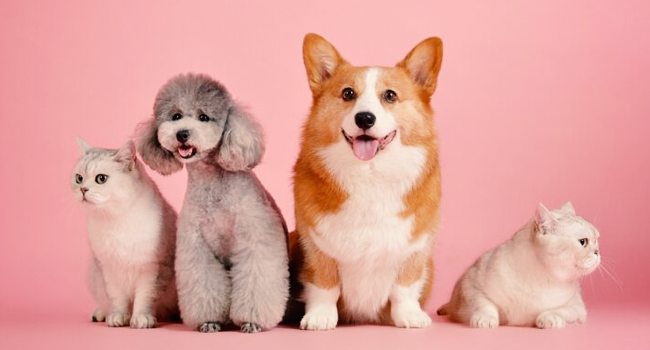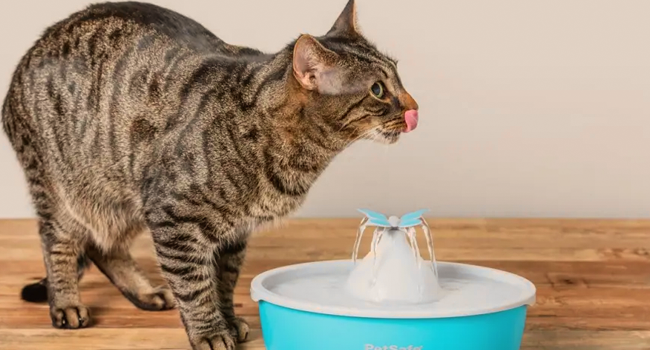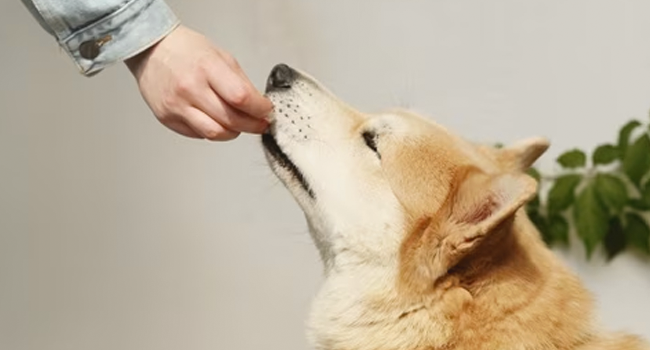From Fur to Feathers: How to Care for Your Pet Bird

Whether you’re a seasoned bird owner or a newbie, this article will provide invaluable insights into how to care for your feathered friend. From their diet and habitat to social needs and health, we’ve got you covered. So, let’s take flight into the world of pet birds!
Choosing the Right Bird Species
Before bringing home a pet bird, it’s essential to select the suitable species that suits your lifestyle and preferences. Different species have distinct characteristics and care requirements. Some popular choices include:
- Budgerigars (Budgies)
Budgies are small, colourful, and easy to care for. They’re great for beginners and can be trained to mimic words and phrases.
- Cockatiels
Cockatiels are known for their charming personalities and striking crests. They are sociable birds that thrive on human interaction.
- Lovebirds
Lovebirds are small, affectionate birds that form strong bonds with their owners. They are known for their playful nature.
Creating a Bird-Friendly Environment
Once you’ve chosen your feathered companion, it’s essential to create a suitable habitat for them. Here are some key aspects to consider:
- Cage Selection
Select a spacious cage that allows your bird to stretch its wings. Ensure that the bars are appropriately spaced to prevent escapes.
- Cage Placement
Place the cage in a well-lit and draft-free area. Birds enjoy natural light but avoid direct sunlight, which can overheat the enclosure.
- Perches and Toys
Provide various perches and toys to keep your bird mentally and physically engaged. Different textures and shapes will prevent boredom.
- Feeding Your Pet Bird
Proper nutrition is vital for your pet bird’s health and well-being. The dietary needs vary from species to species, but a balanced diet typically includes:
- High-Quality Pellets
Pellets formulated for your specific bird species are essential for complete nutrition. They provide a balanced mix of vitamins and minerals.
Social Interaction
Pet birds are highly social creatures and require regular interaction with their human companions. Here’s how you can bond with your feathered friend:
- Talking and Singing
Engage in conversations and sing to your bird. They may even learn to mimic your words or tunes.
- Training and Playtime
Teach your bird tricks or play games together. Positive reinforcement through treats can be highly effective.
- Providing Companionship
Consider getting another bird as a companion. Birds are often happier when they have a friend of their kind.
- Health and Care
Regular health check-ups are crucial for your pet bird’s well-being. Look out for signs of illness such as:
- Changes in Feather Quality
Healthy feathers should be clean, shiny, and well-groomed. Dull or ruffled feathers can indicate health issues.
- Beak and Nail Maintenance
Some bird species require beak and nail trimming. Consult a vet or an experienced bird owner for guidance.
- Annual Vet Visits
Schedule annual check-ups with an avian veterinarian. They will ensure your bird’s overall health and address any concerns.
The Importance of Routine and Enrichment
Birds thrive when they know what to expect each day, as it reduces stress and anxiety. Set regular times for feeding, social interaction, playtime, and bedtime. Additionally, enrichment activities such as puzzle toys, hanging treats, and safe foraging opportunities stimulate your bird’s mind, preventing boredom and encouraging natural behaviours.
Common Health Issues and Signs to Watch For
Understanding common health issues and their warning signs is vital for proactive care. Keep an eye out for symptoms like lethargy, changes in appetite, discoloured feathers, or breathing difficulties. These could indicate underlying health problems. Regularly consult your avian veterinarian to ensure early detection and treatment, as early intervention can significantly improve your bird’s prognosis.
The Art of Taming and Training
Taming and training your pet bird can be a gratifying experience for you and your feathered friend. Use positive reinforcement, like cookies and praise, to help your dog learn fundamental instructions like step-up and step-down. Gradually advance to more complex tricks and tasks, always maintaining patience and consistency. Training builds trust and strengthens your bond with your bird.
Preparing for Travel and Temporary Separations
There may be times when you need to travel or leave your pet bird in someone else’s care. Preparing for such situations is crucial. Ensure your bird’s caregiver understands their needs, routines, and dietary requirements. Leave detailed instructions, and provide familiar toys and bedding for comfort. Frequent socialization with other trusted individuals can help your bird adapt to temporary separations more easily.
Conclusion
Caring for a pet bird is a rewarding experience. These fascinating creatures bring joy and companionship to our lives. By choosing suitable species, creating a bird-friendly environment, providing a balanced diet, and offering social interaction, you’ll ensure a happy and healthy life for your feathered friend.
FAQs
1. Can I keep a pet bird if I have allergies?
If you have bird-related allergies, it’s best to consult an allergist before bringing a bird home. Some individuals may be more sensitive to bird dander.
2. How long do pet birds live on average?
The lifespan of pet birds varies by species. Smaller birds, like budgies, may live 5-10 years, while larger parrots can live 20-80 years or more with proper care.
3. Do pet birds need to be in a pair to be happy?
While some birds appreciate the company of another bird, many can be perfectly content with human companionship. It depends on the bird’s personality and needs.
4. Are there any toxic foods I should avoid feeding my pet bird?
Yes, some foods are toxic to birds, including chocolate, avocado, and alcohol. Always research what is safe for your bird’s species.
5. Can I teach my pet bird to talk?
Numerous pet bird species, including Amazon and African Grey parrots, are well-known for their talkativeness. You may teach your bird to mimic words and phrases with persistence and practice.
6. How can I provide mental stimulation for my pet bird?
To keep your pet bird mentally engaged, offer a variety of toys, puzzles, and foraging activities. Birds enjoy exploring and problem-solving, which can keep them stimulated and prevent boredom.
7. What are some common behavioural issues in pet birds?
Birds can exhibit behavioural problems, such as excessive screaming, feather plucking, or aggression. These issues can result from various factors, including boredom, stress, or health problems. Consulting with an avian veterinarian or a bird behaviourist can help address and manage these concerns.
8. What’s the best way to potty train a pet bird?
Potty training a pet bird can be challenging, but it’s possible. Observe your bird’s behaviour to understand when it’s most likely to relieve itself. Then, place a designated area (like a paper towel or small container) in its cage or on a stand. Over time, your bird may learn to use this spot.
9. How do I provide proper grooming for my pet bird?
Grooming needs vary between bird species. Some may require regular nail and beak trimming, while others may not. Consult with an experienced bird owner or avian veterinarian to determine the grooming needs of your specific bird.
10. Are there any precautions I should take to ensure my pet bird’s safety?
To keep your pet bird safe, make sure your home is bird-proofed. This includes removing hazards like toxic plants, open windows and doors, and other dangers. Also, supervise your bird when it’s out of the cage to prevent accidents.






